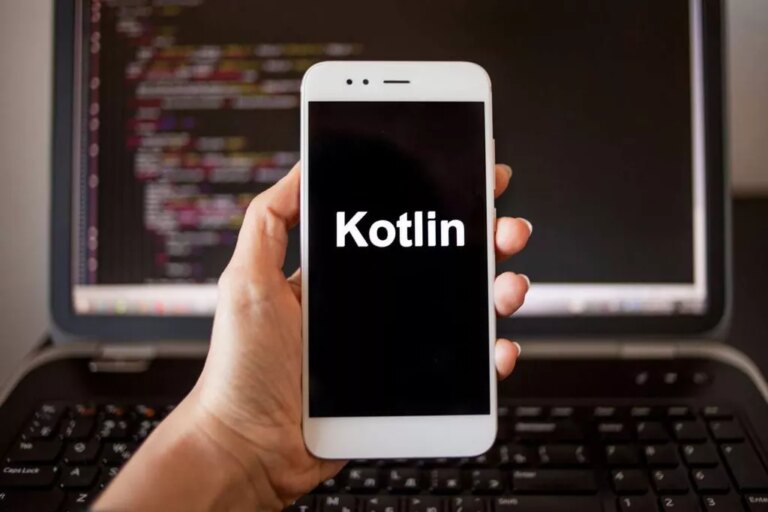Content
There’s a huge improvement from ALM.NET to Octane, but it’s still not really facilitating all the needs of the product owners, to set up their requirements in Octane. Second, because JIRA is a leading tool for both development and requirements management – everybody is using JIRA – I’m pretty there will be a use case where people are trying to connect between ALM Octane and JIRA. The back-end configuration of the synchronization with JIRA could be simplified. We required a lot of machines to build the cluster and the configuration was not really clearly described within the documentation. This may have something to do with the fact that the software is pretty new. I addressed this with the vendor, but a solution was not really provided.
Many companies have locations all over the world, necessitating the usage of ALM to provide effective communication without network disruptions. ALM tools ensure that everyone participating in the development process has access to the project’s status, ensuring that everyone is aware of any plans, strategies, or modifications. ALM tools, of which there are many fantastic options on the market, are the ideal approach to apply ALM.
Unlocking Continuous Delivery Using Agile ALM Tools
Rather than individual genes, it is critical to identify the mobilizable units, in other words, the entire sequence of MGEs. Determining the mobilizable unit of MGEs is crucial to identify the mechanism of transfer, the preference of insertion sites, and cargo genes as well as to track the frequency of horizontal transfer events. In addition, information on MGEs are also valuable in the context of metagenomic analysis, as MGEs confound many metagenomics workflows such taxonomic profiling, strain-level variation detection, and pangenome analysis. The elements in filtering need to be improved, meaning the number of filters I can use in widgets or in the grid views in parallel.

It would be helpful if Octane had a portfolio follow feature so we could follow the project portfolio. We need the all-view of a project to what is a alm track it step-by-step and stay on deadline. Continuous delivery, and continuous deployment all deliver value for customers and clients.
Other Quizlet sets
Using ALM tools gives you access to a platform that will help you with your application’s development and testing. There are several obstacles in developing software, including providing mechanisms for teams to communicate with one another. Application governance refers to the process of making decisions regarding an application. The process of governance begins with the development of a business case, in which the app’s concept is linked to a strategic corporate goal. Resource management, data security, and user access are all aspects of governance. When a company has many applications, application portfolio management comes into play.

Agile tools like Mendix add discipline to the feedback while facilitating the process. They make it easy for end users to provide the information the team needs. Agile tools also reduce the effort of managing conflicting feedback.
Mathematics with Business Applications
The reporting side of ALM Octane could do with a few areas of improvement. There is not enough flexibility in the way that we can cut up the data to report on certain things. For instance, with test information, we can’t split that up by team, so it’s quite difficult to see what coverage each team is currently working https://globalcloudteam.com/ on. Some tech managers and scrum managers want to see the testing which going on within their team, but it is difficult to see. I come from a testing background, and think the testing could be improved. I would like additional features, like planning features, user story mapping, or connection to collaboration tools.
However, I saw just today that they are creating a collaboration platform for people who are evaluating ALM Octane. That’s a good start to facilitate this but, as I said, because the software is pretty new – it’s only two or three years old – I expect that some things are not really completely optimized. Agile ALM is a software development approach that combines Agile methodologies with ALM principles. It emphasizes collaboration, continuous integration and delivery, and flexibility to adapt to changing requirements throughout the development lifecycle. Effective ALM project management tools should support all aspects of the software lifecycle.
Panaya Change Intelligence
Design management is a process that helps to enhance customer satisfaction and loyalty by improving usability. Against all odds, the Waterfall methodology maintains a tight grip over countless numbers of software development teams. Specifying requirements usually happens top-down, meaning the needs start with the most general and move into the more specific and detailed.
- The report breakdown is at business line level to a consolidatedone on the firm-wide level.
- Many of the earliest agile tools that enhanced collaboration were simple.
- I’m guessing we are not talking about agile development, or SCRUM at least, in this scenario?
- Before this shift, each of the disciplines that made up the overall software process was completely separate.
- Deciding for the best suited ALM software according to your needs can be an anxiety producing, time consuming and tough task.
When approaching software development with ALM, you need to consider the whole lifespan of the application. Maintenance and future updates should be taken into account, including when the application should be retired and replaced. Building an app without an ALM plan is like setting sail across the ocean without a compass — you don’t want to do it. ALM provides clear direction for the team, speeds up development, and helps you make better decisions over the course of an app’s lifespan. Ops includes deployment of the app and maintenance of the technology stack. In waterfall development, operations is a separate stage from development.
Application development
This allows you to keep using some tried and tested tools while still modernizing your tool environment by establishing a central development hub. Those without software development knowledge may think that as soon as the application goes live, all the work is done. The maintenance stage is usually the longest of the application lifecycle. This is when bugs are resolved, feedback is gathered, updates are planned and released.

